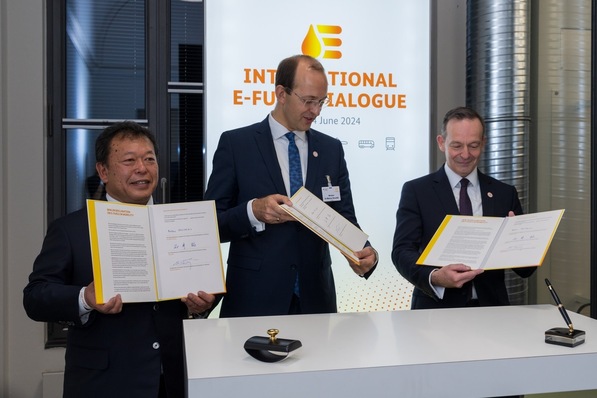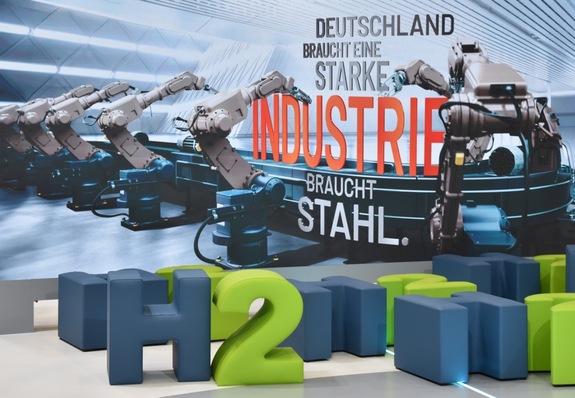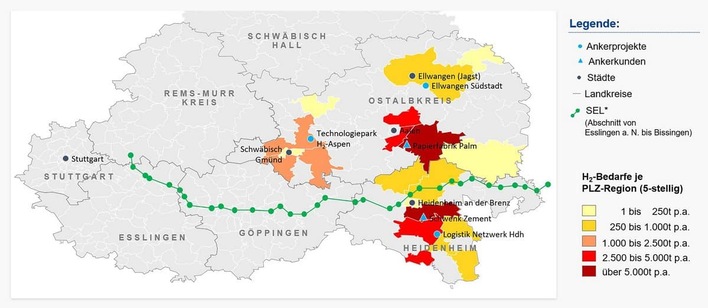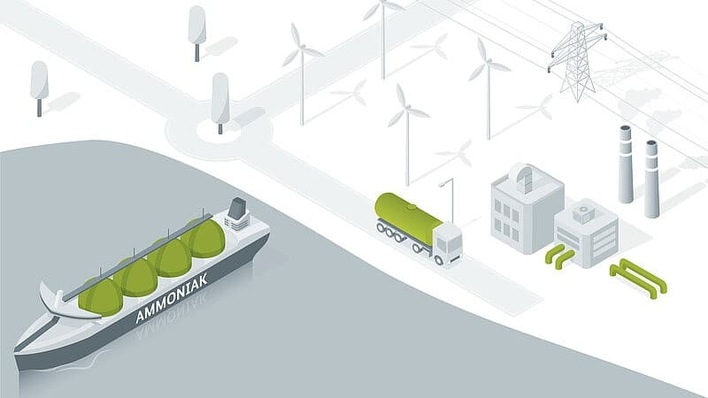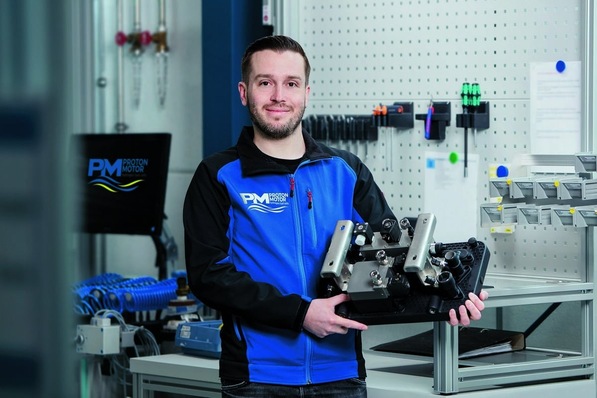In PEMECs (proton-exchange membrane electrolyzers) as well as PEMFCs (PEM fuel cells), chemical processes are taking place during operation that attack the surface of the material used and lead to corrosion in the medium or long term. Various studies show that because of internal corrosion processes in BPPs (bipolar plates) made of pure stainless steel, the, for example, target fuel cell service life of at least 10,000 operating hours in passenger cars is difficult to reach. Fuel cells for heavy-duty applications or for electrolyzers in continuous operation demand much longer lifetimes.
PVD (physical vapor deposition) coating, a technology used for decades for a variety of applications, presents a solution to this problem. “Through suitable coating of the two outer sides of BPPs, their corrosion behavior under long-term operation and thus their service life can be significantly optimized,” says Dr. Andreas Kraft, Director of Operations at PVT (Plasma und Vakuum Technik GmbH). According to him, this does not result in any loss of conductivity, but even rather an improvement towards a desired high conductance value. The company with headquarters in Bensheim, near Frankfurt am Main, has been operating in the field of ion- and plasma-assisted PVD coating of tools and components for more than 35 years.
The coatings that are applied to the BPP, although very thin, constitute a major cost factor in the manufacture of the plates. “For a plate with a size of about 750 cm2, the cost of coating should end up well below 1 euro per plate,” stressed Kraft. Simultaneous coating of both sides of a BPP therefore requires a highly productive coating process as well as technology that gives reliable, reproducible results. This is why, according to the materials expert, the batch coating systems typically used in tool and component coating are uneconomical in terms of productivity and do not lead to the desired results.
“For a mass production of this sort, only so-called in-line systems come into consideration, in which substrates are coated on both sides with high throughput and without rotation,” stressed Kraft. In contrast to batch systems, these are multi-chamber setups in which the substrates are transported from chamber to chamber. The chambers are separated by large transfer valves, and the spatial and temporal separation allows various defined processing steps to occur. This design allows for a clean environment with consistent vacuum and processing conditions.
With the i-L 4.3500 in-line system developed by PVT, according to Kraft, 5 million BPPs of size 500 mm x 150 mm for fuel cells can be coated on both sides in the same consistent quality. The system is realized by the combination of four individual modules, with each forming a chamber, so that BPPs could simultaneously, at different positions, be fed in (into vacuum), coated under constant vacuum conditions, and finally discharged again (back into ambient conditions).
The PVT manager stressed that the coating costs per plate for a fuel cell BPP typically end up well below 1 euro. Depending on the process and coating materials used, the costs can even turn out significantly lower, according to Kraft.
Author: Michael Nallinger


![2-PVTInliner2[3] 2-PVTInliner2[3]](/sites/default/files/styles/teaser_image_full__s/public/2022-12/2-pvtinliner23.jpg?itok=COoEcY6r)

